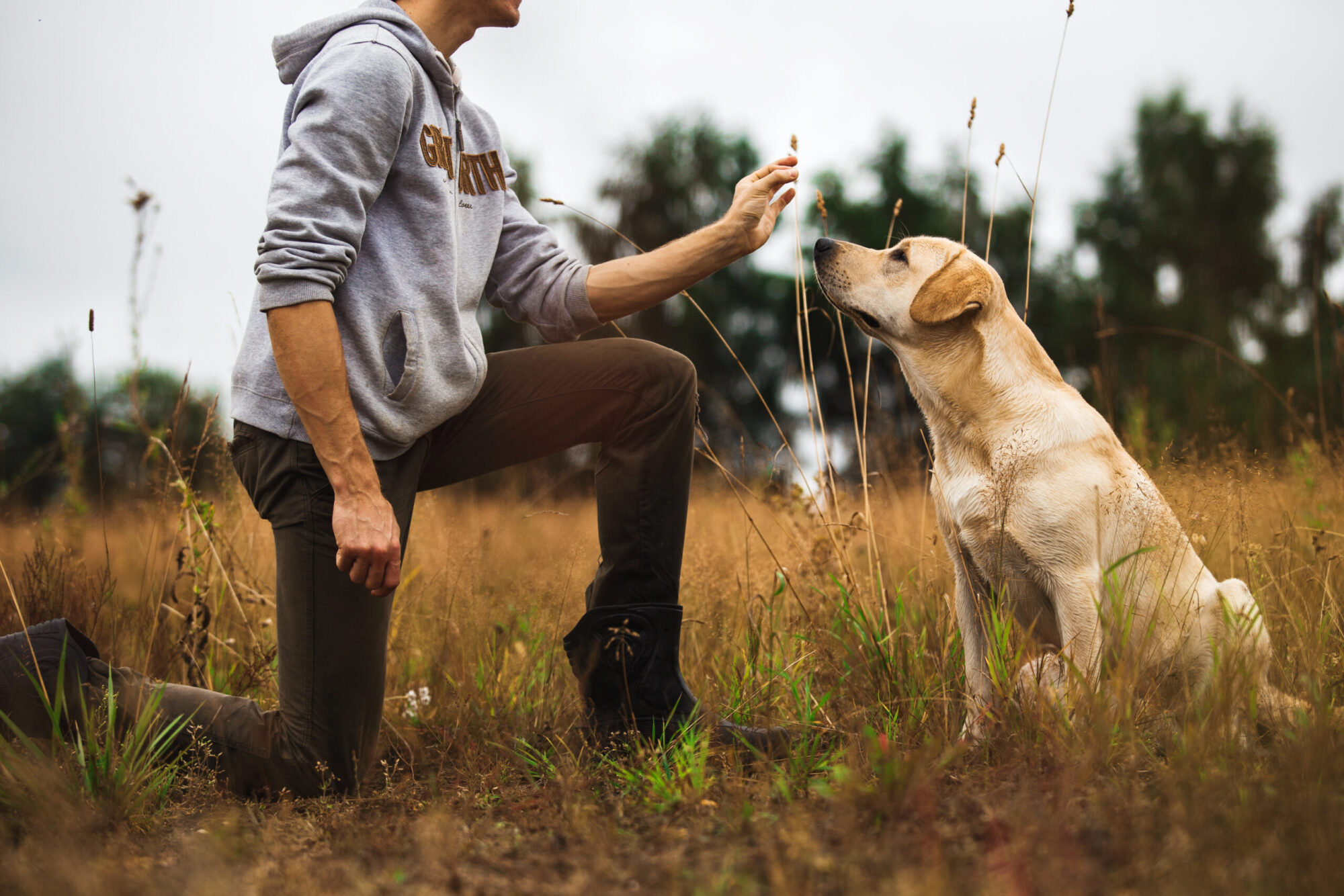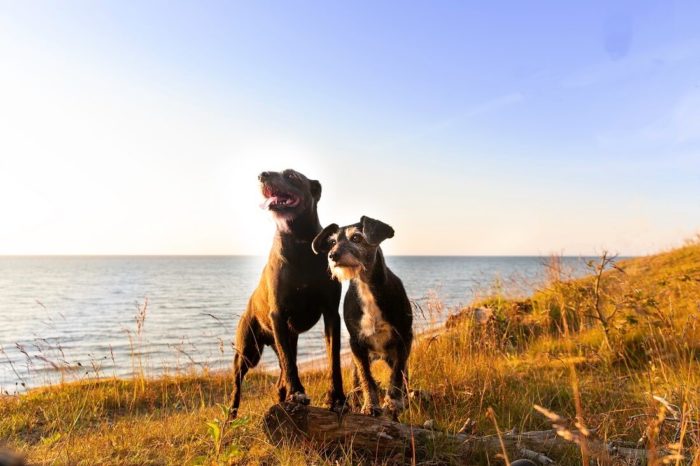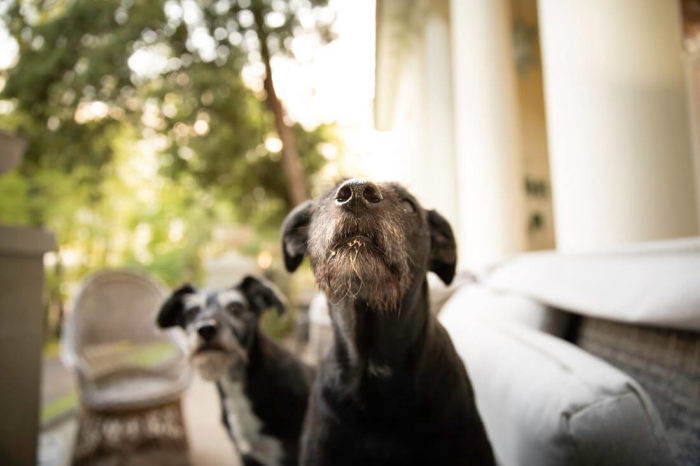Five things you can look into to improve your training session!
Training animals is not magic. It is science-based knowledge combined with hours of practical training.
There are a few essential factors that we tend to forget. These things can either help us or mess up our training session completely.
1. Treats!
Sounds trivial, but the choice of food you will use can boost your effectiveness and clarity or completely destroy your training session. You decide to use sticky hot dogs when your delivery pattern includes tosses – good luck with that! I have been there soooo many times. My worse nightmare is those sticky treats that get glued to your hands when you try to throw them. You click, make a move, your dog runs forward and… nothing happens, because this treat is still in your hand. Another scenario – you were supposed to pick one treat; instead, your hand got stuck with 20 pieces of greasy liver. You try to deliver just one, your dog is confused, try to grab more, you move your hand, he follows, altho you wanted him to stay in position, and things just go crazy. Yep, I’ve been there too! One more, you want to deliver one treat in heel position, you reach to your pocket, but the treats are just too slippery. It takes ages to pick only one.
There is another angle of treat choice. Crunchy, gummy, small or big ones? Does it matter? Oh, god, yes! A LOT! Imagine doing a distance control sequence in an offered loop – you usually deliver ten cookies in less than one minute. But today you choose large, crunchy meat cubes. Ah =, not a very wise choice! Now after each rep, your dog takes 30 seconds to chew them properly, then he needs to clean the ground – who would leave that much cruel on the floor!
Or maybe you were tossing treats, and after your dog circled a cone, he was supposed to eat, turn and offer that behavior one more time. But you train on grass, and those super tiny meatballs are just not visible. Your dog keeps looking and sniffing for over a minute. Now that doesn’t sound like a very clean loop.
Be wise about the choice of food for training. Adjust it to the learner, location, behavior, delivery patter.
2. Delivery patterns
Are you clear with your delivery patterns? Have you practiced them separately BEFORE inserting them into particular exercise? If not, I strongly urge you to do so. I can’t count how many times my training plan turned out to be miserable because I haven’t practiced delivery patterns. Does your dog recognize when you deliver in position? Can he discriminate between that and tossing treats? Or maybe each time you reach your pocket wishing to bring meatball to your learner, he jumps out of position to catch it halfway? This leads to extinction trials, negative punishment, which equals unclear, frustrating training sessions for both dog and you.
3. Mechanics
Are you dropping treats quite often? No wonder your dog drops his head in heelwork. Throwing clicker instead of a hot dog or both at the same time? You are lucky if you hadn’t hit your dog (or yourself for that matter). You leave your session with bloody fingers? Check out your mechanics and delivery patterns. Our dog’s sharky mouth doesn’t come out of the blue. It is a learned behavior.
4. Prerequisites
Shaping sessions often go wrong because certain bits and pieces are missing. It is like math tasks at school. You can’t do a matrix if you don’t know how to subtract. Let’s take heelwork for example. Imagine you are teaching pivots on a disc. You go slowly, step by step, you don’t rush, but things don’t go forward much. Have you checked the prerequisites? Have you thought whether your dog has the skills necessary to perform the pivot? I’m not talking only about physical preparation but also behaviors that are part of the one you are about to teach. If he can’t step sideways outside heel position – focus on that first. He can’t back in a straight line? You will have a hard time starting this behavior in the heel position. Your 10th session of shaping a single paw rear target, and you still can’t increase criteria? Check out if your dog can actually stand still first. We often forget that successful approximations in our plan require a specific level of skills we might have forgotten to teach.
5. Plan
Rehearse your training session without the dog first. Especially if you are up to teaching something new, something you haven’t yet tried. You would be surprised to find out how many puzzles are still missing to keep this session fluent.
Planning helps you find flaws in your session before they happen. It also enables you to prepare the prerequisite plan. You want to switch between exercises, and for that, you need to change the environment (bring cone, dumbbell, etc.), but you just realized your dog has no station behavior. What will he do when you walk around loading treat bag or moving stuff around the venue? Follow you? Would you leave him out in the limbo to figure out the time on his own?
Every minute, no, every second of the training session should be meaningful. It doesn’t mean your dog has to be robotic. It means that if you give him time to acclimate, you know what you are doing. You know how to do it best.
You want to go rogue, just go with the flow. Be careful, it usually backfires and you end up doing ten crappy reps instead of 2 great ones.
Every plan needs to be flexible, but it doesn’t mean you can come unprepared. Flowcharts are a terrific tool to help you out with a solid and practical framework of your training session. Check out the Tromplo Seamlessness course for more information!
See also other posts:
June 30, 2023
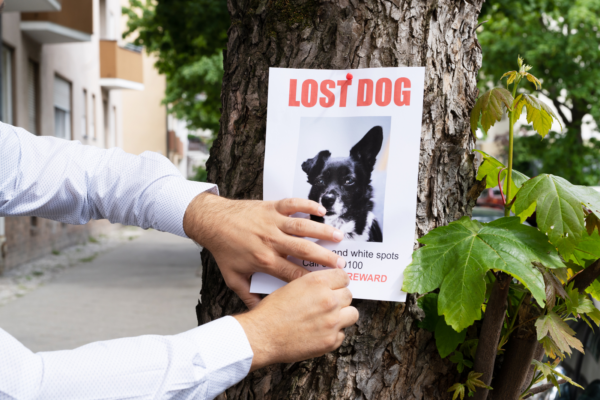
Get Your Lost Dog Back Home Quickly: Follow These 12 Tips for Success
Vacations favor more frequent and longer walks with our furry friends. We travel, visit new places. Summer makes us loosen our brakes and allow our…
June 30, 2023
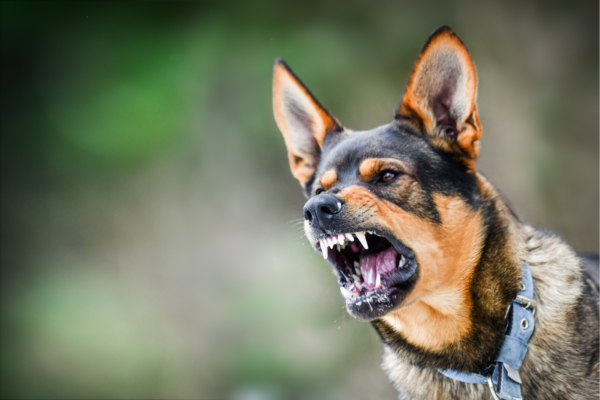
Managing Aggressive Dog Behavior: Tips for Peaceful Living
Living with an aggressive dog may seem challenging, but it can be peaceful and manageable with the right approach. One key aspect is to remain…
June 30, 2023
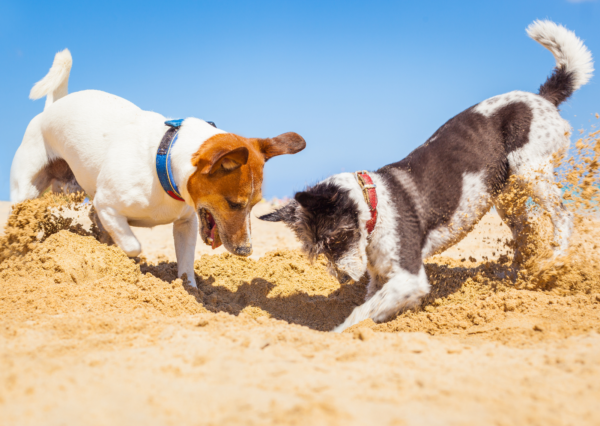
Unlocking the Secret to Successful Puppy Socialization: Quality over Quantity
Today, although the topic is very important, I will keep it brief. Socialization is a topic that could fill books or scientific papers. However, today…

